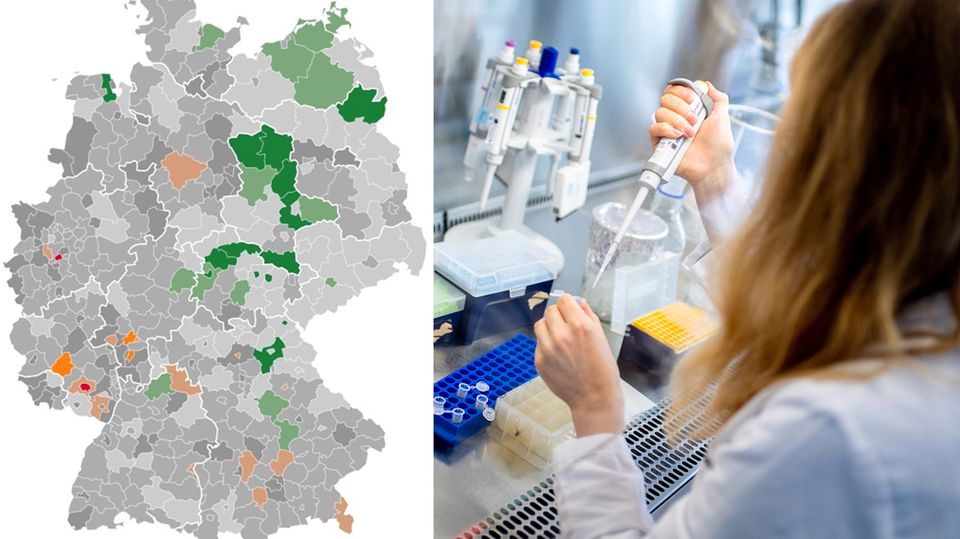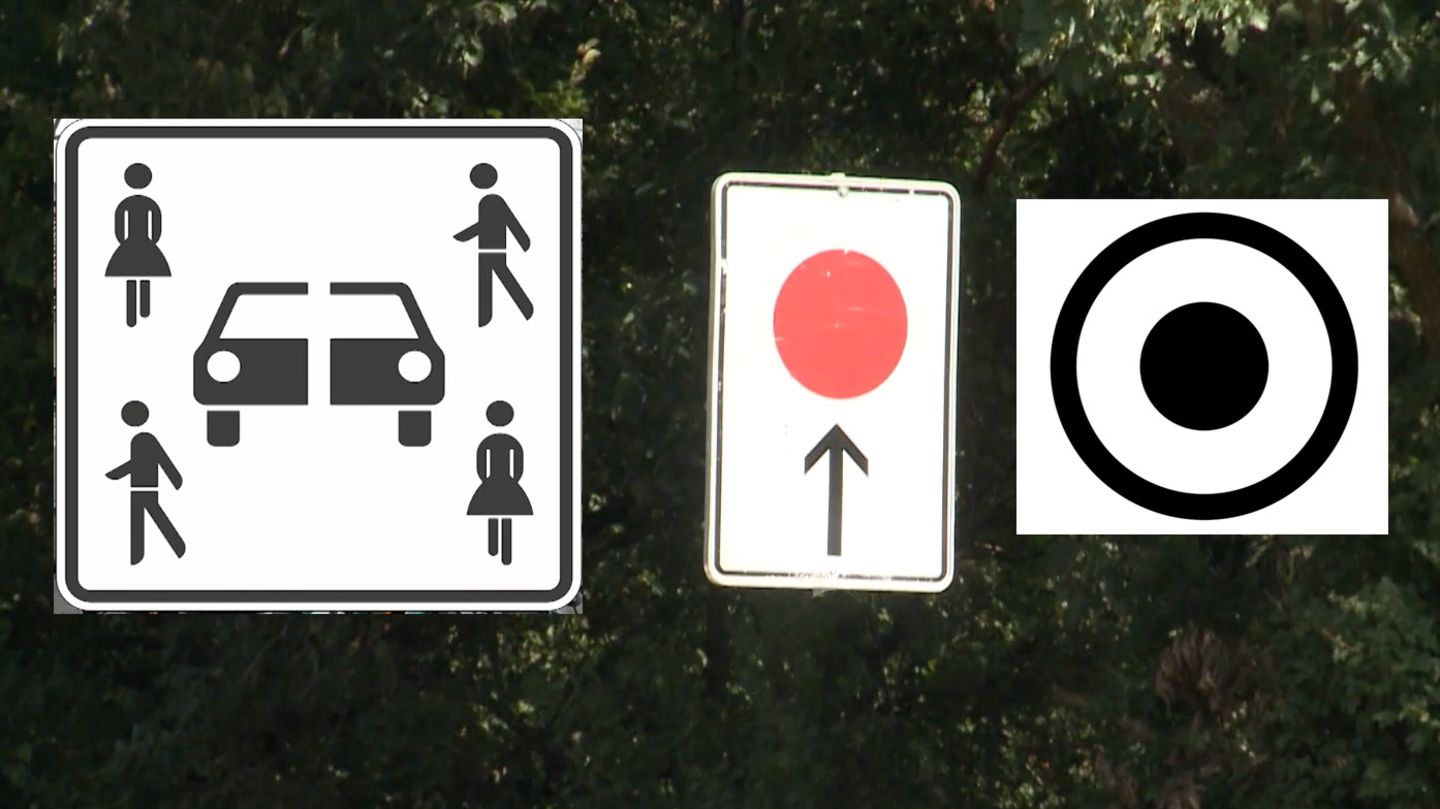Young people in particular are affected by the current increase in new corona infections. Is this good news because they rarely get seriously ill, or a warning to other age groups?
For a few weeks now, the number of new infections with the coronavirus has been rising steadily. However, this negative development particularly affects the young, unvaccinated population and not the elderly, who in recent waves still required special protection.
The Robert Koch Institute (RKI) has the highest values of 32 cases per 100,000 inhabitants for the past week among 15 to 24-year-olds. In the case of children, the RKI data show comparatively small increases, but experts had also expected the summer holidays to have a dampening effect on infections. For the intensive care units, the trend towards younger infected people may initially seem like a good sign, but experts consider renewed peak loads similar to previous corona waves to be possible, depending on developments.
“We have seen in the previous waves with Sars-CoV-2 that the age group of 15 to 34 year olds only developed a very small proportion of severe courses that had to be treated in intensive care,” said the President of the German Interdisciplinary Association for intensive and emergency medicine (Divi), Gernot Marx, on Friday the German Press Agency. “That affected far less than one percent of those infected. For comparison: for people over 60 it is almost 15 percent.” But it is not yet possible to say how the new Delta variant will behave. The focus is on countries like Great Britain and Spain, which are a few weeks ahead in development.
Thanks to the vaccination of fewer seriously ill people with the Delta variant
“In relative terms, thanks to the vaccinations, fewer sick people with the Delta variant will have a more severe course – you can already see that in Great Britain,” said Marx. “What we always have to consider, however: We have not yet vaccinated many, many millions of people or not yet completely vaccinated. If the rate of new infections is many times higher, the number of patients can be absolutely as high as in the second and third wave. ” The example of Great Britain shows what magnitudes are possible: the number of new infections per 100,000 people within a week among young adults was last just under 1,155 – the highest value ever recorded since the outbreak of the pandemic last year.
Scenarios that the RKI presented on Thursday for autumn and winter show that, depending on the vaccination rate achieved and the behavior of the population, in the worst case, more than 6000 Covid-19 cases could end up in intensive care units at the same time. It urged us to take preventive action now.
Drosten: Vaccination progress is not fast enough
The Berlin virologist Christian Drosten also stated that a significantly higher vaccination rate than currently needed to avoid a heavy winter wave. He is “increasingly concerned” that the vaccination progress is not going faster. According to his assessment, many people feel like they are in a false sense of security because the incidences are currently low.
The professional world is now faced with the question of how many infected people can be admitted without causing problems for the hospitals. The view of the incidence figures must change as the vaccination rate increases, so Drosten. “At the moment there is a progressive decoupling between incidence and disease severity.” At the moment, the situation in the intensive care units is unproblematic, says Divi expert Marx. “The vast majority of the patients we are currently treating have been there since the third wave.” Only individual cases with Covid-19 would be added to the locations.
“As long as we do not see any consequences in hospitals, the vaccination goal has been achieved,” said the President of the Society for Virology, Ralf Bartenschlager, of the dpa. “The virus will not go away anyway, it will come back every year, especially in autumn and winter, and anyone who has not been vaccinated by then is very likely to be infected.” The expert from Heidelberg University called for the incidence to be kept low over the summer, which will then benefit in winter.
The fourth corona wave mainly hits people who are not immune
Thanks to the vaccinations, Bartenschlager does not expect the fourth wave to slosh through all age groups like the previous ones. “Above all, it will affect non-immune people, whose numbers will decrease over time. For some groups, such as children, one has to assume that the virus will be faster than the vaccination, but this group also very rarely becomes seriously ill.”
Meanwhile, the President of the German Teachers’ Association, Heinz-Peter Meidinger, urged great caution against corona at the beginning of the new school year. It needs “a phase with special increased infection protection measures in schools,” he told the newspapers of the Funke media group (Friday). In the first one to two months of the new school year, for example, “a full mask requirement also applies during lessons for all ages”. In addition, in his opinion, the regular rapid tests should be continued, “ideally three times a week”.
The President of the German Medical Association, Klaus Reinhardt, put even more pressure in the Funke newspapers. The goal must be to enable daily tests before classes start, he said. The new school year begins at the beginning of August in the first federal states.

See in the video: How fast and where exactly is the coronavirus spreading in Germany and the world? How are the numbers of infections developing in the federal states? The corona briefing from n-tv gives a current overview in the video.




